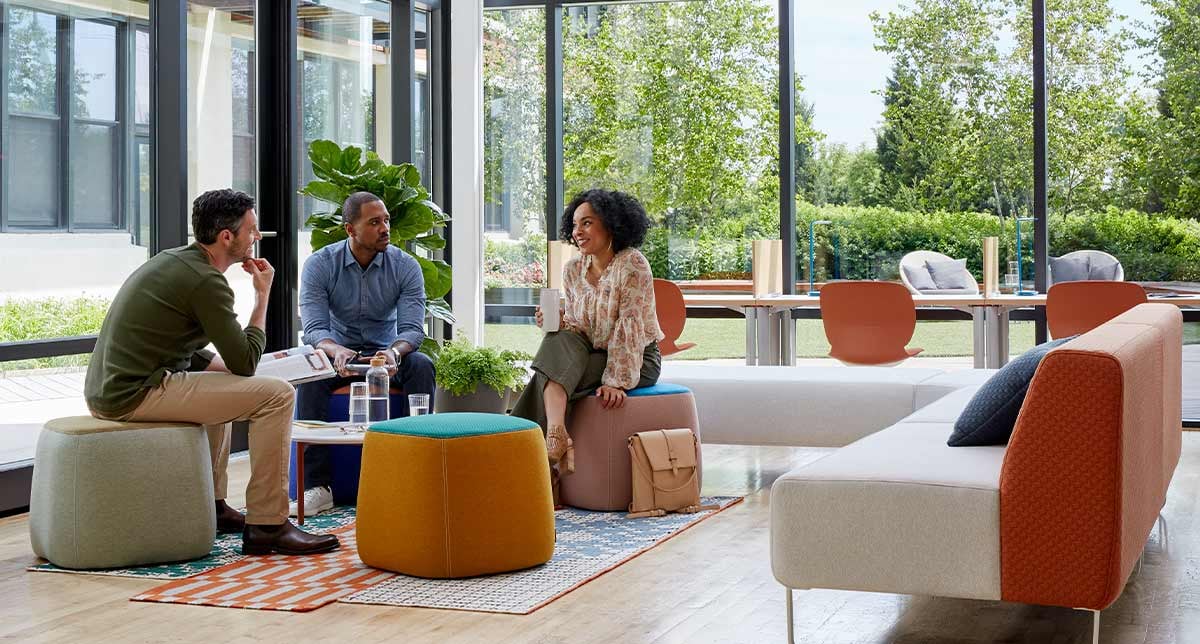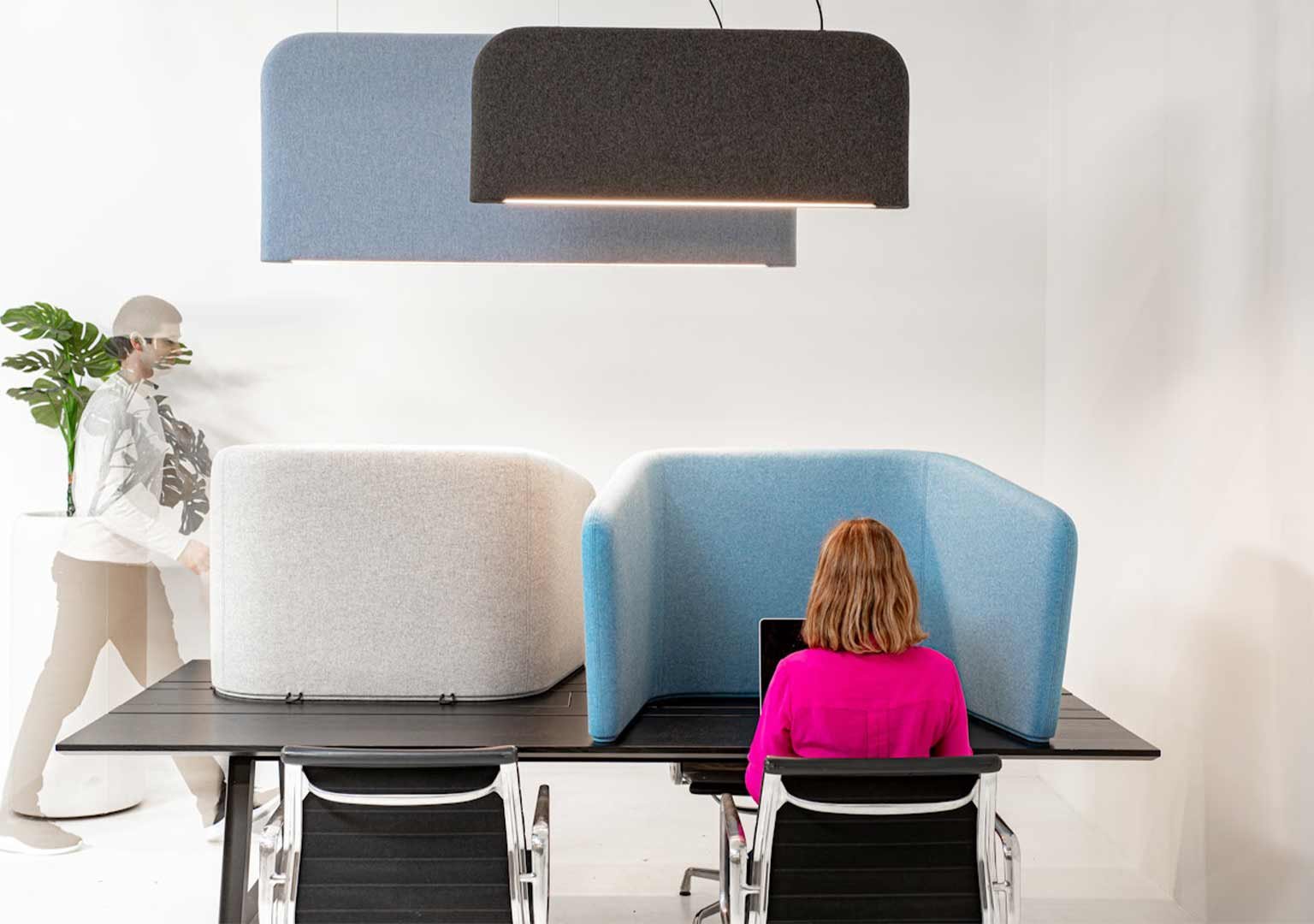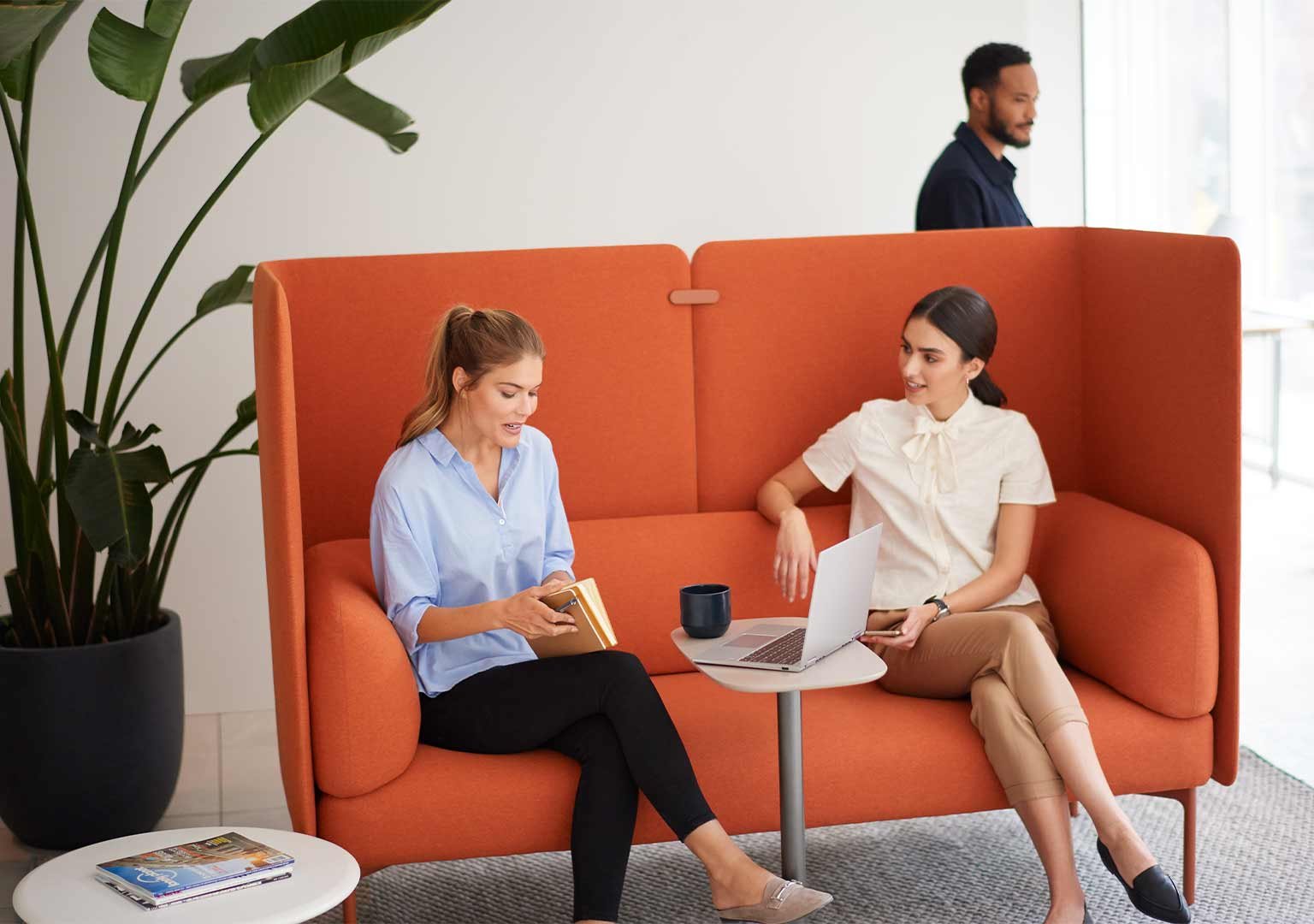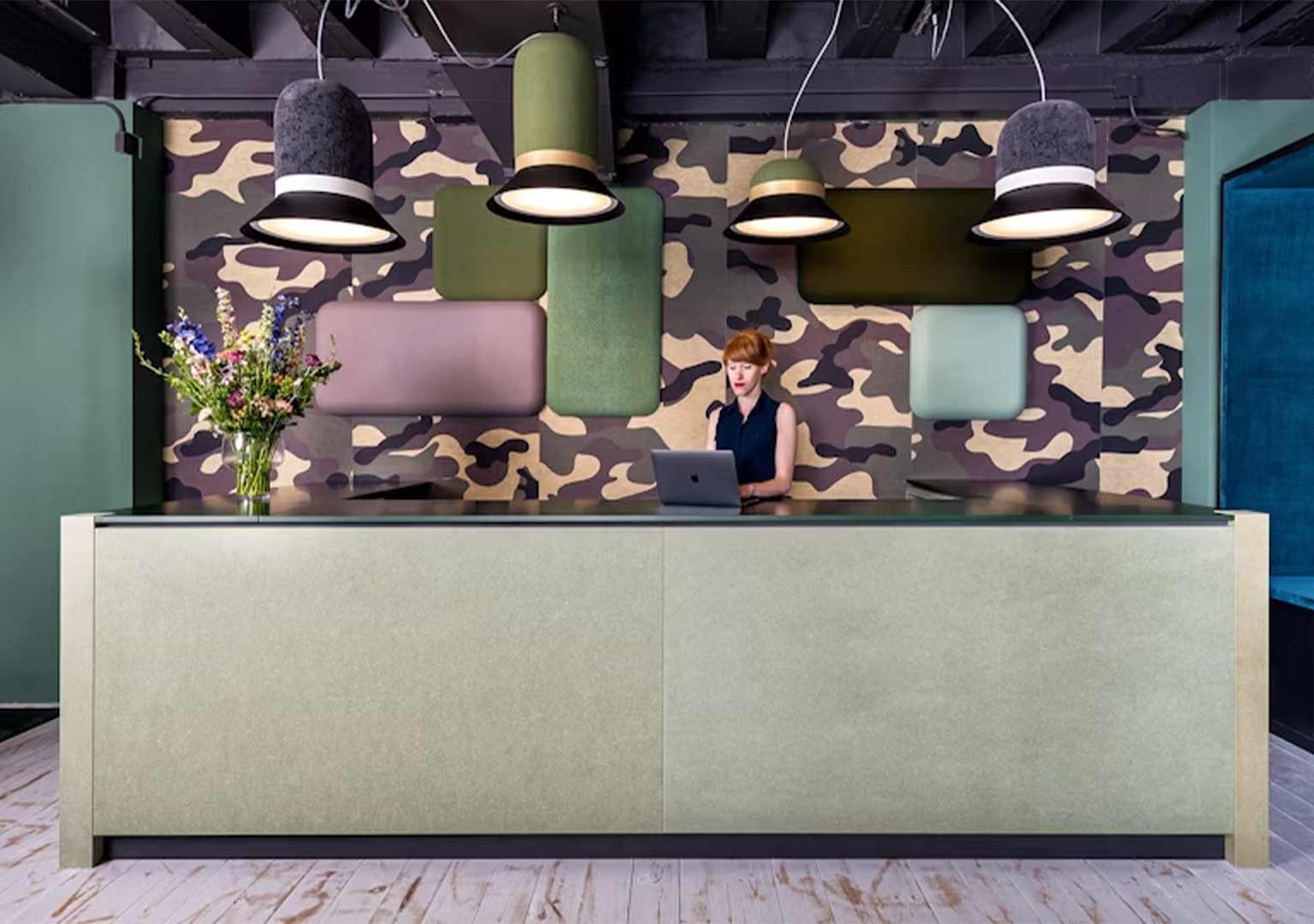The employee experience is at the forefront of innovation in workplace design, embodying a holistic approach that encompasses everything from the physical environment to cultural dynamics and work processes. Progressive companies understand that to attract and retain top talent and foster a culture of engagement and high performance, they must create an environment that employees look forward to being a part of. This involves more than just functional and aesthetic design; it necessitates an environment that supports their overall well-being, encourages collaboration, and facilitates seamless technology interaction.
Creating a Commute-Worthy Workplace
To render a workplace commute-worthy, HR managers must focus on cultivating an environment that resonates with the diverse needs and preferences of their employees. Additionally, fostering a culture that values transparency, recognition, and personal growth can significantly enhance employees' willingness to engage actively with their work environment. Offering flexible work arrangements and emphasizing a work-life balance are also critical components in making a workplace desirable and worth the commute.
Quiet Spaces and Color
Quiet spaces, designed as tranquil areas where employees can retreat to focus deeply or decompress, are essential in today’s fast-paced work environments. These areas should be intentionally located away from high-traffic zones to minimize disruptions and should be equipped with comfortable seating and appropriate lighting to support various work styles and relaxation needs. Utilizing noise-absorbing products like acoustic wallcoverings and acoustic lighting and dividers can significantly reduce ambient noise.
Color psychology plays a pivotal role in shaping the mood and productivity of employees. Incorporating specific colors into the workplace design can invoke a range of beneficial emotional and cognitive responses. For example, blue is widely recognized for its calming effects and ability to aid in concentration. Green, synonymous with nature, promotes relaxation and creativity. On the other hand, vibrant colors like yellow foster optimism and creativity, whereas red can be used in areas where energy and action are needed.

Biophilia
Incorporating biophilic design elements is another impactful strategy. By integrating natural light, plants, water features, and views of the outdoors, HR managers can create an environment that reduces stress, improves cognitive function, and increases overall employee well-being. Biophilic design fosters a connection with nature, which studies have shown to improve mental health and increase productivity.
Technology Integration
In today's workforce, technology plays an increasingly critical role in every aspect of work. Therefore, integrating seamless technology solutions into the workplace is crucial for employee efficiency and satisfaction. This includes providing ample outlets for charging devices, implementing video conferencing tools to foster remote collaboration, and utilizing software that streamlines workflow processes. Technology integration also extends to smart office features like lighting and temperature control, creating a more comfortable and efficient workspace for employees.
Health and Wellness
Dedicating areas for health and wellness, such as fitness centers, meditation rooms, or even nap pods, underscores a company’s commitment to its employees’ well-being. This not only attracts prospective talent but also inspires current employees to perform their best, knowing their employer supports their health and happiness.
Employee Surveys
Quarterly employee engagement surveys are key for HR managers to enhance the employee experience, offering a systematic way to gather feedback on work life and company culture. By conducting these surveys regularly, managers get timely data to spot trends, areas for improvement, and strengths. Analyzing results helps pinpoint factors like leadership, work-life balance, and growth opportunities that drive satisfaction and engagement. Acting on feedback shows employees their opinions matter, boosting loyalty. Surveys guide HR in creating an engaging, productive work environment and driving innovation.
Prioritizing a Positive Employee Experience
In the quest to foster a thriving workplace, the integration of thoughtful design elements, attention to wellness, and adoption of advanced technology are proving to be non-negotiable. By prioritizing the needs and well-being of employees, companies are laying the groundwork for a culture of engagement, creativity, and high performance. The future of workplace design is human-centric, where every aspect from spatial planning to technological integration is crafted with the ultimate goal of supporting and enhancing the overall employee experience.
Let's Talk Employee Experience
Contact us to learn how we can help you improve your employee experience through innovative workplace design.








